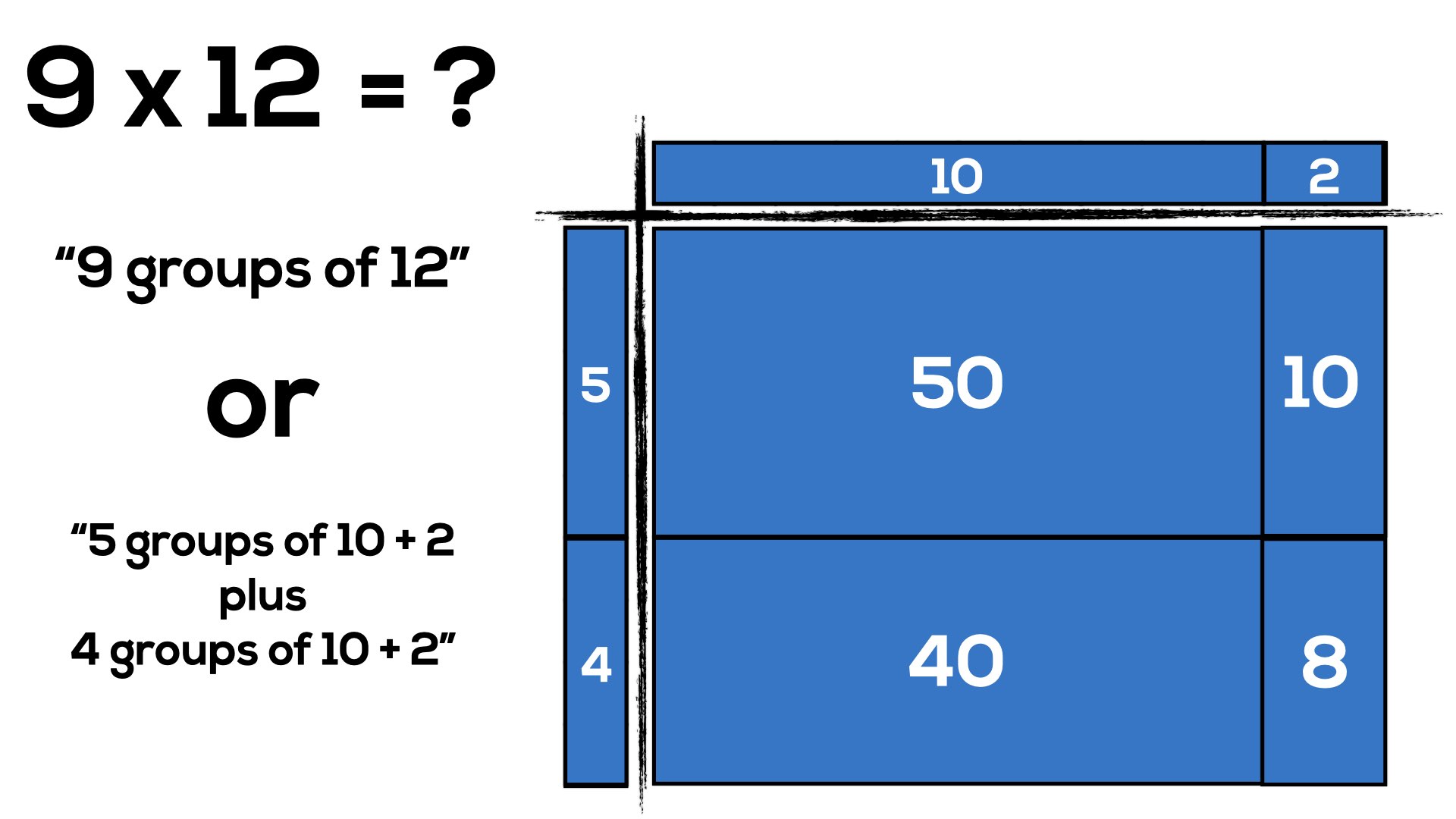

cannot be divided into smaller parts) and thus forms the extreme end of a line is a point. It provided an 'atomic' definition of the geometric point, stating that a line is separated into parts, and the part which has no remaining parts (i.e. The Mo Jing described various aspects of many fields associated with physical science, and provided a small wealth of information on mathematics as well. The oldest existent work on geometry in China comes from the philosophical Mohist canon of c. 330 BC, compiled by the followers of Mozi (470–390 BC). Six Arts have their roots in the Confucian philosophy. Learning them all perfectly was required to be a perfect gentleman, or in the Chinese sense, a " Renaissance Man". Math was one of the Liù Yì (六藝) or Six Arts, students were required to master during the Zhou Dynasty (1122–256 BC). Although the Chinese were more focused on arithmetic and advanced algebra for astronomical uses, they were also the first to develop negative numbers, algebraic geometry (only Chinese geometry) and the usage of decimals. Since early times, Chinese understood basic arithmetic (which dominated far eastern history), algebra, equations, and negative numbers with counting rods. Since the Shang period, the Chinese had already fully developed a decimal system. Leibniz pointed out, the I Ching (Yi Jing) contained elements of binary numbers. For mathematics, the book included a sophisticated use of hexagrams. One of the oldest surviving mathematical works is the I Ching, which greatly influenced written literature during the Zhou Dynasty (1050–256 BC). Knowledge of Pascal's triangle has also been shown to have existed in China centuries before Pascal, such as the Song dynasty Chinese polymath Shen Kuo.

The Pythagorean theorem for example, has been attested to the time of the Duke of Zhou. Frequently, elements of the mathematics of early societies correspond to rudimentary results found later in branches of modern mathematics such as geometry or number theory. Some exchange of ideas across Asia through known cultural exchanges from at least Roman times is likely. The achievement of Chinese algebra reached a zenith in the 13th century during the Yuan dynasty with the development of tiān yuán shù.Īs a result of obvious linguistic and geographic barriers, as well as content, Chinese mathematics and the mathematics of the ancient Mediterranean world are presumed to have developed more or less independently up to the time when The Nine Chapters on the Mathematical Art reached its final form, while the Book on Numbers and Computation and Huainanzi are roughly contemporary with classical Greek mathematics. The texts provide procedures similar to that of Gaussian elimination and Horner's method for linear algebra. All procedures were computed using a counting board in both texts, and they included inverse elements as well as Euclidean divisions. The major texts from the period, The Nine Chapters on the Mathematical Art and the Book on Numbers and Computation gave detailed processes for solving various mathematical problems in daily life. They deliberately find the principal nth root of positive numbers and the roots of equations. Algorithms like regula falsi and expressions like continued fractions are widely used and have been well-documented ever-since. Since the Han Dynasty, as diophantine approximation being a prominent numerical method, the Chinese made substantial progress on polynomial evaluation. The Chinese independently developed a real number system that includes significantly large and negative numbers, more than one numeral system ( base 2 and base 10), algebra, geometry, number theory and trigonometry. Mathematics in China emerged independently by the 11th century BCE.


 0 kommentar(er)
0 kommentar(er)
